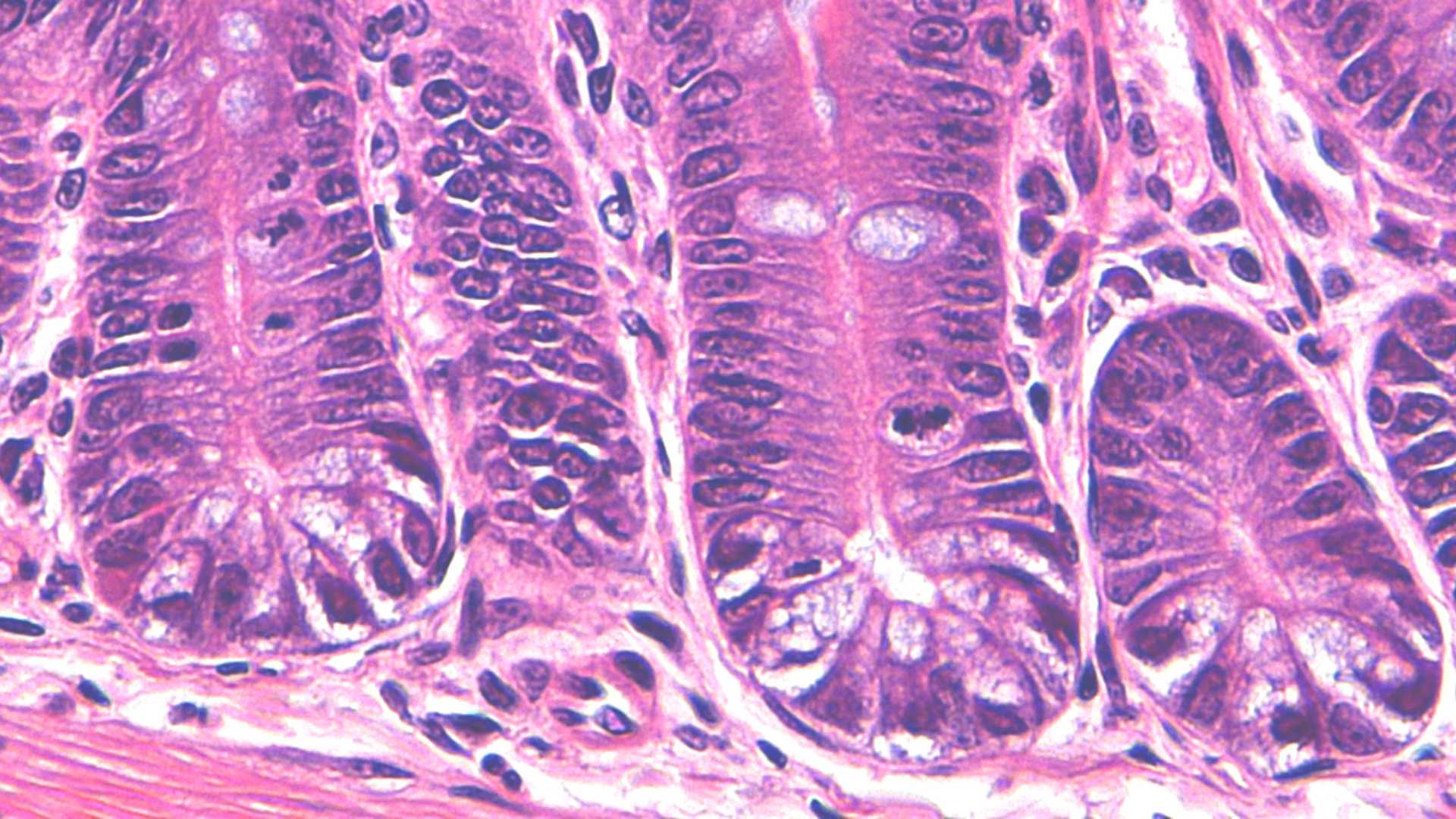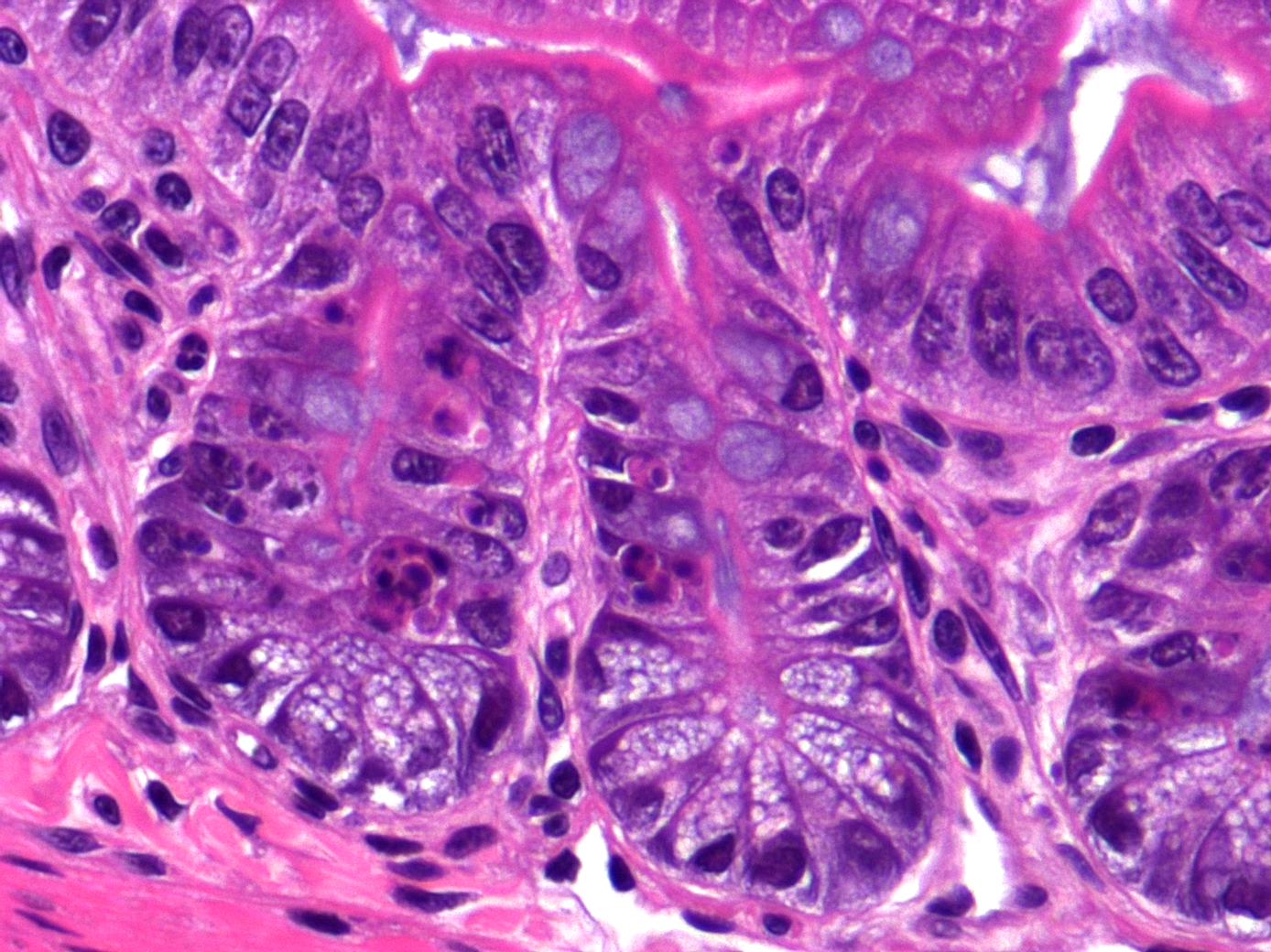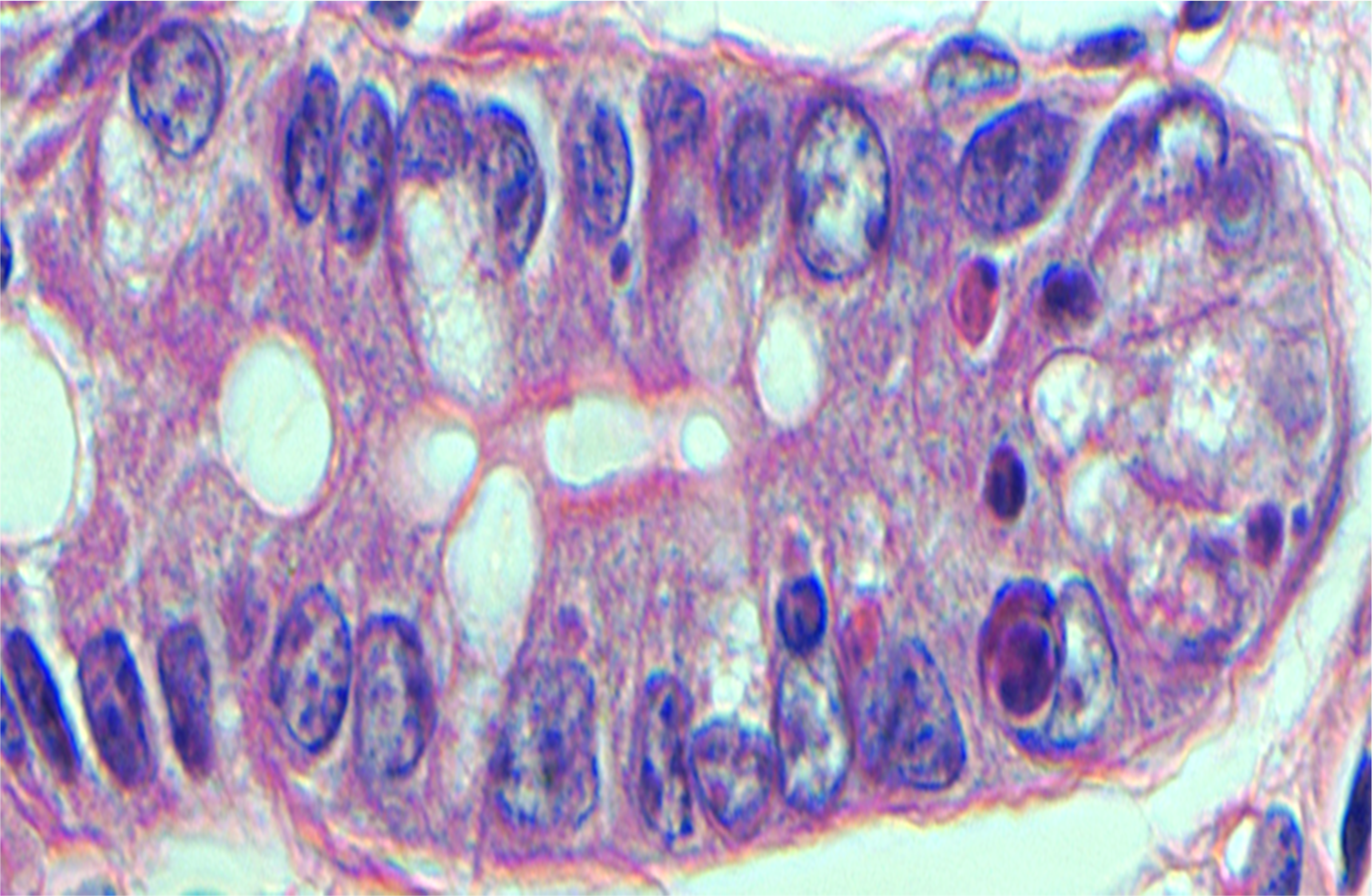Epistem’s Models for Assessing Mucositis
Intestinal mucositis models use similar techniques to those employed for GI Toxicity and GI-ARS. In both GI and oral mucositis, reduced cell output with continued cell migration causes a thinning of the epithelium that can result in ulceration. Since tissue survival and regeneration is dependent on survival of the clonogenic cells, protection and regeneration of this population is crucial. Epistem provides unique and specialised models to confirm the effects on this cell population and the speed of repair.
With systemic therapy, the effects are often experienced first in the intestine (due to its rapid turnover rate) followed by the oral epithelium (which, whilst slower to manifest, can be significantly more painful, often leading to reduction in treatment dose and hence efficacy). Oral mucositis is also often experienced by those receiving radiotherapy for head and neck cancers. Epistem models measure the duration and severity of the thinning of the oral mucosa.
Readouts
- Diarrhoea
- Intestinal crypt loss and regeneration
- Oral epithelial thinning and regeneration
- Apoptosis of defined populations
- Ulceration/inflammation
Techniques
- Histology / Immunohistochemistry and image analysis
- Protein / Gene expression (including specific areas using laser capture microscopy)



